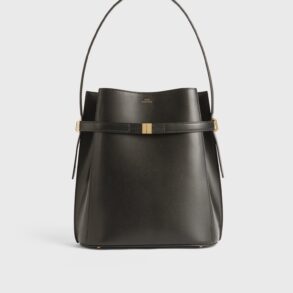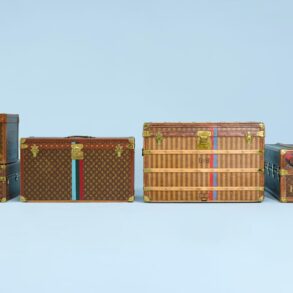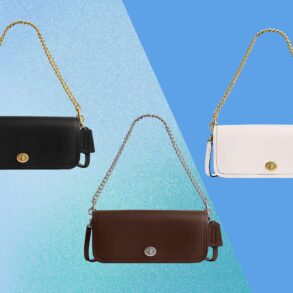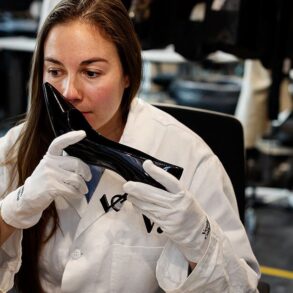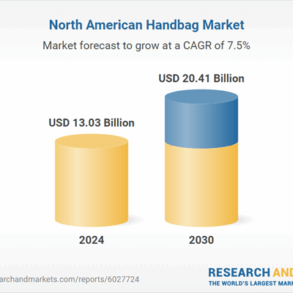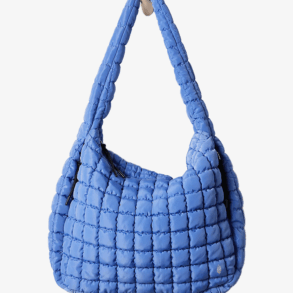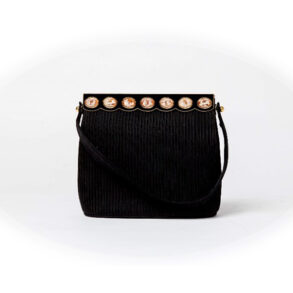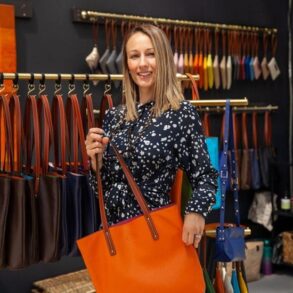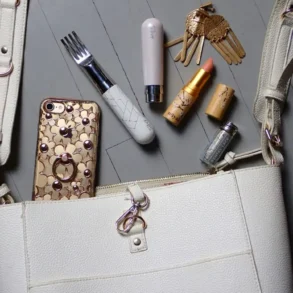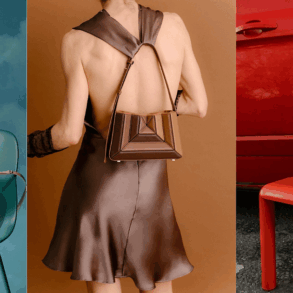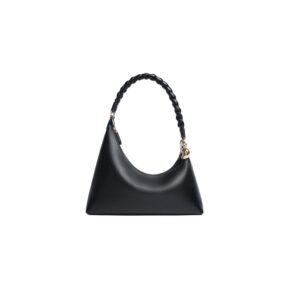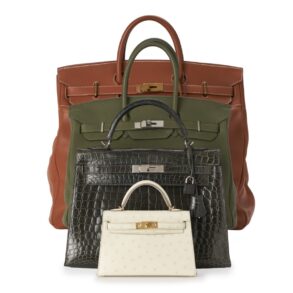
CLO Virtual Fashion and Tapestry are opening up Coach handbags for reinterpretation through a global design contest.
Dubbed “The Handbag Edit,” the competition—which opened this month—is asking entrants to build a capsule collection fit for a Coach Play store using CLO’s 3D design tools as a digital sandbox. This contest offers Coach the chance to engage with emerging design talent while also promoting the use of digital product creation tools.
“While CLO is widely recognized for its powerful 3D simulation capabilities in garment design, many people don’t realize that it’s also great for creating all types of bags,” said Joon Lee, global brand communications lead at CLO. “We wanted to showcase how easily CLO can be used for designing leather goods and inspire our users to push the boundaries of what the software can do, so we can keep improving. Coach, a brand with a rich heritage of craftsmanship and proven track record of innovation, felt like the perfect partner to bring our vision to life.”
The Coach Play store concept caters to the Gen Z consumer with a focus on co-creation and fostering connections. These experiential spaces offer interactive opportunities like customization and live events. First introduced in 2023 in Chicago, Coach Play has since expanded globally to locales including Tokyo, Singapore, Taipei and Salt Lake City.
“Coach Play is all about inviting consumers into the creative process—blurring the lines between designer and audience,” said Giovanni Zacariello, senior vice president, visual experience at Coach. “This contest embodies that ethos by giving participants the tools and freedom to design pieces that reflect their personal style and values. Gen Z seeks authenticity, personalization and purpose in the brands they support. This competition speaks to the digital fluency and desire for self-expression among Gen Z, and through this partnership with CLO, we’re meeting them where they are and inviting them to shape the future of Coach alongside us.”
To help contestants get inspired to reinterpret the 84-year-old house’s codes, Coach is providing them with a downloadable color palette and brand standards such as trim and hardware options via the contest page on CLO’s Connect platform. A mood board also sets the tone, visualizing the design brief that includes descriptors like “playful and innovative” and “youthful and adventurous.”
Entrants can submit up to five designs through July 31. While the focus is on leather goods and each entry must include a handbag, designers are invited to flesh out their capsules with garments and other items such as bag charms. Following a judging process conducted by three Tapestry executives, seven winners will be announced on Aug. 25. Along with cash prizes totaling $5,000, the winning designers will be featured on Coach and CLO’s media channels.
“Our goal [for this competition] is to keep building deeper engagement with a digitally native audience and showcase how emerging technologies like CLO can transform the design process,” said J.J. Camara, senior director, digital product creation at Tapestry. “Ultimately, we want to drive innovation and stay close to the consumer as they evolve. It also aligns with Tapestry’s broader digital strategy, which emphasizes experimentation, iteration and customer-centric innovation.”
Tapestry was an “early adopter” of CLO’s 3D design tools, which it uses group-wide for digital product creation (DPC) across ready-to-wear, accessories and special projects. The software solution allows creators to visualize their designs in real-time as they adjust choices such as patterns or colors. Calling CLO a “valued tool in our DPC toolbox,” Camara added that the group is widening its use cases for the software. As an example, Tapestry has been training its ready-to-wear technical designers on CLO, and it is exploring “co-create opportunities” that would see them generate digital assets that could be used throughout the entire product journey—including consumer-facing implementations.
As 3D tools continue to catch on, one of the main barriers to entry is a lack of digitally trained talent, which 52 percent of industry respondents pinpointed as a challenge in Kalypso’s 2023 Digital Product Creation in Retail Research survey. Efforts like CLO and Tapestry’s competition could encourage up-and-coming designers to get more familiar and play around with digital tools.
“We’re noticing that many brands, suppliers and vendors are accelerating their adoption of 3D solutions to stay ahead, and leading fashion schools are ensuring their students enter the industry equipped with the skills and knowledge to use these tools,” said CLO’s Lee. “As 3D design becomes more embedded in the end-to-end workflow, we believe it will soon be—and in a way, already is—the default way fashion designers work.”
This post was originally published on this site be sure to check out more of their content.








